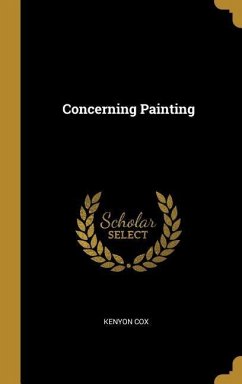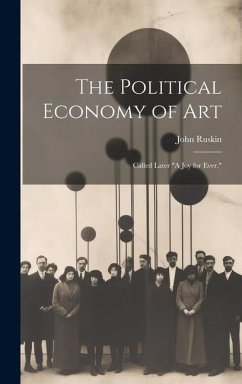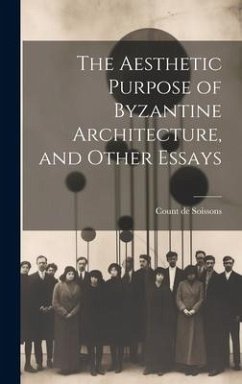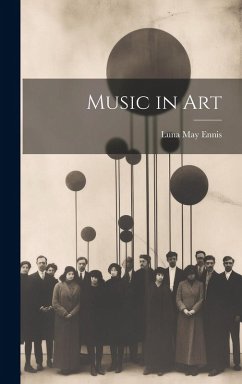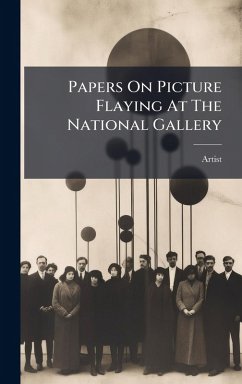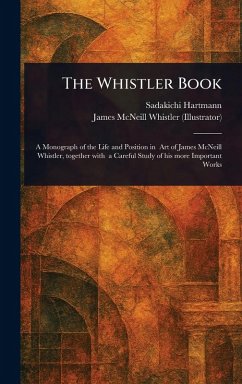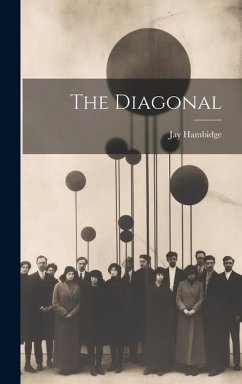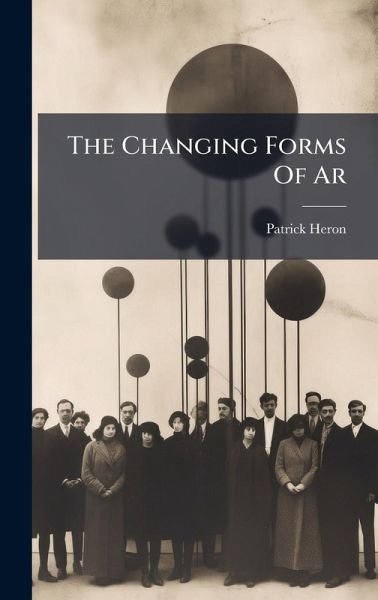
The Changing Forms Of Ar
Versandkostenfrei!
Versandfertig in über 4 Wochen
33,99 €
inkl. MwSt.
Weitere Ausgaben:

PAYBACK Punkte
17 °P sammeln!
"The Changing Forms Of Art" by Patrick Heron offers a compelling exploration into the evolution of artistic expression. Published in 1954, this work provides valuable insights into the trajectory of modern art, examining the shifting landscapes of form and technique. Heron's critical analysis delves into the key movements and influential figures that have shaped the art world, offering readers a deeper understanding of the forces driving artistic change. With meticulous detail, Heron illuminates the nuanced relationships between artistic theory and practice. A must-read for art enthusiasts, st...
"The Changing Forms Of Art" by Patrick Heron offers a compelling exploration into the evolution of artistic expression. Published in 1954, this work provides valuable insights into the trajectory of modern art, examining the shifting landscapes of form and technique. Heron's critical analysis delves into the key movements and influential figures that have shaped the art world, offering readers a deeper understanding of the forces driving artistic change. With meticulous detail, Heron illuminates the nuanced relationships between artistic theory and practice. A must-read for art enthusiasts, students, and scholars, "The Changing Forms Of Art" remains a relevant contribution to the field, encouraging a continued dialogue on the dynamic nature of artistic innovation. This work has been selected by scholars as being culturally important, and is part of the knowledge base of civilization as we know it. This work was reproduced from the original artifact, and remains as true to the original work as possible. Therefore, you will see the original copyright references, library stamps (as most of these works have been housed in our most important libraries around the world), and other notations in the work. This work is in the public domain in the United States of America, and possibly other nations. Within the United States, you may freely copy and distribute this work, as no entity (individual or corporate) has a copyright on the body of the work. As a reproduction of a historical artifact, this work may contain missing or blurred pages, poor pictures, errant marks, etc. Scholars believe, and we concur, that this work is important enough to be preserved, reproduced, and made generally available to the public. We appreciate your support of the preservation process, and thank you for being an important part of keeping this knowledge alive and relevant.



![Studies in the Art Anatomy of Animals [microform]: Being a Brief Analysis of the Visible Forms of the More Familiar Mammals and Birds; Designed for th Cover Studies in the Art Anatomy of Animals [microform]: Being a Brief Analysis of the Visible Forms of the More Familiar Mammals and Birds; Designed for th](https://bilder.buecher.de/produkte/65/65514/65514590n.jpg)
